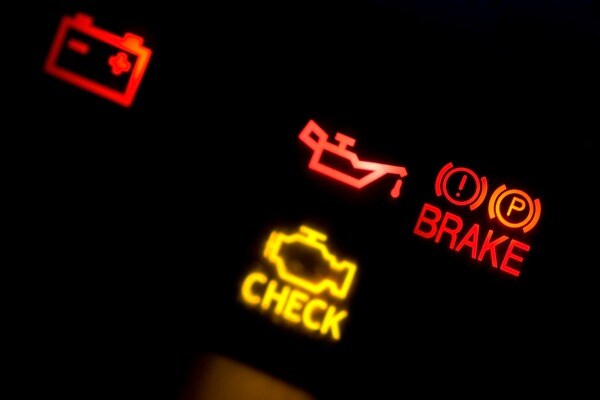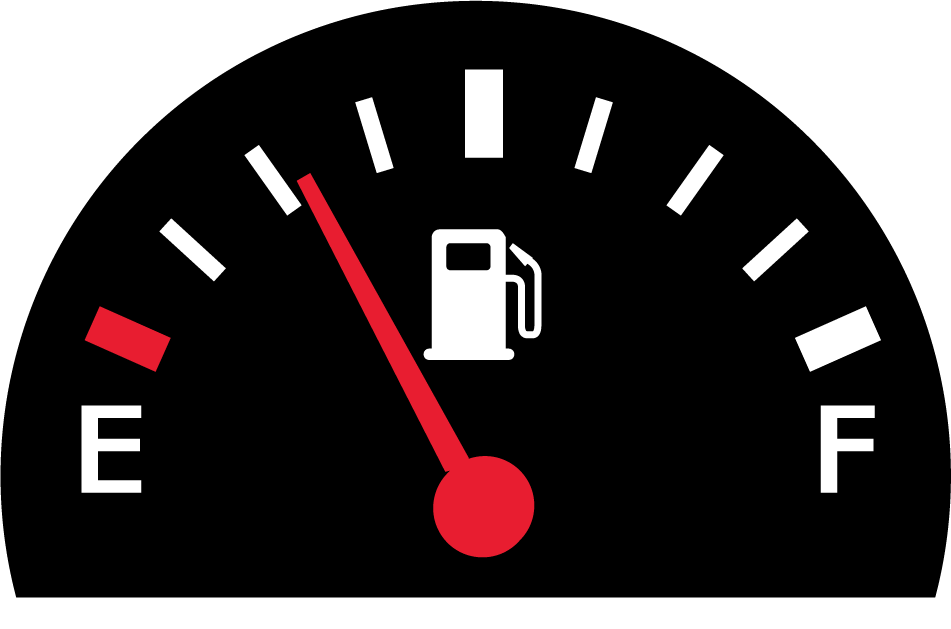1) Fraud prevention
Multiple electronics manufacturers make UBI spoofing devices that jam GPS signals and manipulate OBD reported speed (by half or other manipulated values). Since they are OBD pass through devices, all other vehicle data gets through to the UBI device, except for filtering speed data and other generic OBD data. It it much more difficult for these devices to spoof proprietary manufacturer PIDs (like odometers). As UBI increases in market share, we expect these devices to get cheaper and more pervasive.
2) Filling in the gaps (user unplugs the device for a period of time)
Most UBI devices use DST estimates (distance driven = speed reported on OBD x time) to determine distance, and optionally use GPS speed and position changes to sanity check the DST calculation. So, if the device is unplugged (sometimes inadvertently during a service visit or being physically bumped by a foot or knee), it is not possible for these devices to know distance driven during the time the device was unplugged. How does a company charge fairly when this occurs?
3) Problems with ECU / Device interactions
Some vehicles report OBD speed incorrectly or lag the true speed, which can warp DST calculations. Some vehicles report a speed after ignition is turned off, while others report 255 km/h (the max value) when ignition is off, and still others report 0 for a few seconds to a few minutes, and then resume operating correctly (all while ignition is on). Using GPS as a backup is unreliable, especially in urban areas – the “urban canyon” problem, particularly when the GPS antenna is co-located with the OBD device and located under the steering column.
4) Transparency and consumer perceived fairness
Users measure distance traveled by their odometer values. If UBI companies use a parallel method to estimate distance traveled, there will be discrepancies. When the insurance company underestimates the odometer value, it is seen as incompetent and loses user trust, and when it overestimates the odometer value, it is seen as fraudulent and overcharging. It’s a no win situation without reading the true odometer from the vehicle.
JumpDrive helps auto insurance companies make the most out of their UBI and OBD investments. To learn more about how to read the true vehicle odometer on most vehicles on the road in the US, click here.





